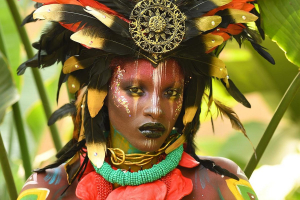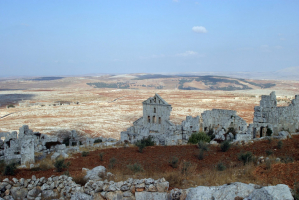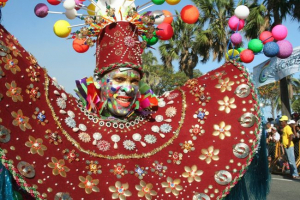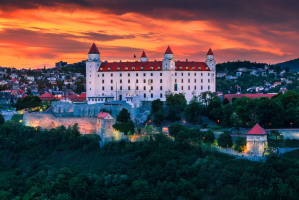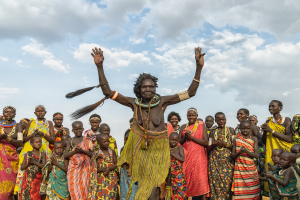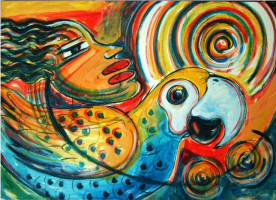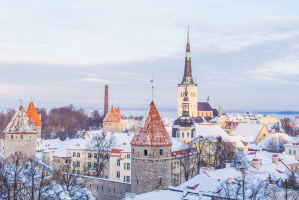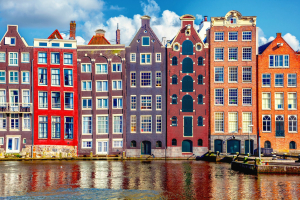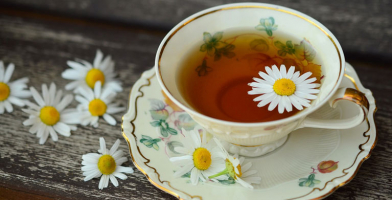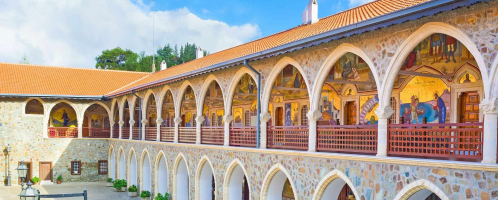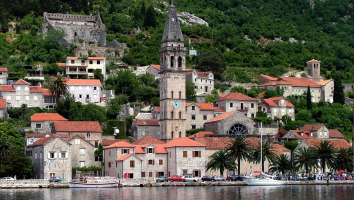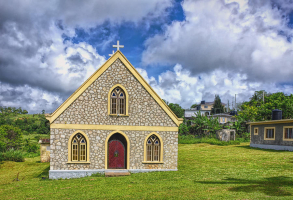Top 8 Georgia Culture, Customs, and Etiquette
Just like every country, Georgia has some unique traditions and customs that might seem surprising to many foreigners. Georgian culture is an exotic, ... read more...mysterious and ancient culture stretching back for millennia. Elements of Anatolian, European, Persian, Arabian, Ottoman and Far Eastern cultures have influenced Georgia’s own ethnic identity resulting in one of the most unique and hospitable cultures in the world. These traditions have deep historical roots and have evolved over time. This guide to eight Georgia culture, customs, and etiquette that are unique to the country will help you become acquainted with the country's culture.
-
Georgians love to eat! Every occasion, be it a birthday, anniversary, wedding, or even a funeral, is based around food. Supra, as Georgians call the table setting, is an integral part of every celebration. Food is laid out in the middle, with plates around the edge of the table. There are at least ten different dishes spread out, and each food is served on multiple plates depending on the number of people sitting at the table. This way food is within reach for everyone, and each person eats whatever they desire.
When you are invited into a Georgian family home, be sure to go with an empty stomach, as a Georgian will always offer you something to eat. This isn’t just hospitality for special guests, it’s a common thing for locals as well, even if simply visiting parents’ house. Be aware that manners here dictate that you’ll need to eat something when offered, in order to show respect to the host.
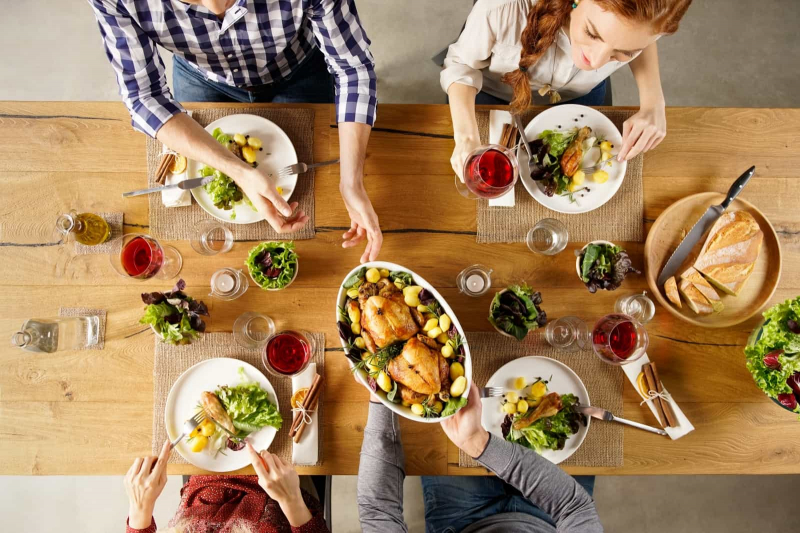
traveltank.com 
swiftpassportservices.com -
Located at the crossroads between Europe and Asia, Georgia has seamlessly integrated aspects of various cultures from east to west, which is also reflected in its traditional dresses. In Georgia, which values its own culture, unique traditional dresses were made. Various traditional dresses like Chokha and Talavari remain to this day. Among others, Chokha has been getting more popular.
It is said that Georgian traditional dresses have been inspiring all kinds of artists from international designers to filmmakers. In Japan, Georgian dresses are known to be the model for the costume that appears in Hayao Miyazaki’s “Nausicaå of the Valley of the Wind”.
Chokha illustrates an intriguing part of Georgian history. The history of Chokha dates back to the 9th Century. Chokha has powder cases on the chest and a dagger on the belt, which shows how Georgian people were always ready for battles and have overcome many conflicts and issues.
Along with Chokha, you can often find a traditional dress of the mountainous region called Talavari. The history of Talavari is said to be older than that of Chokha. The color combination and embroidery of Talavari are its characteristics. Lately, many people arrange Talavari into Western style and wear it. The characteristics of Georgian traditional dresses are that they vary in style from place to place, but they have been attracting attention as fashion.
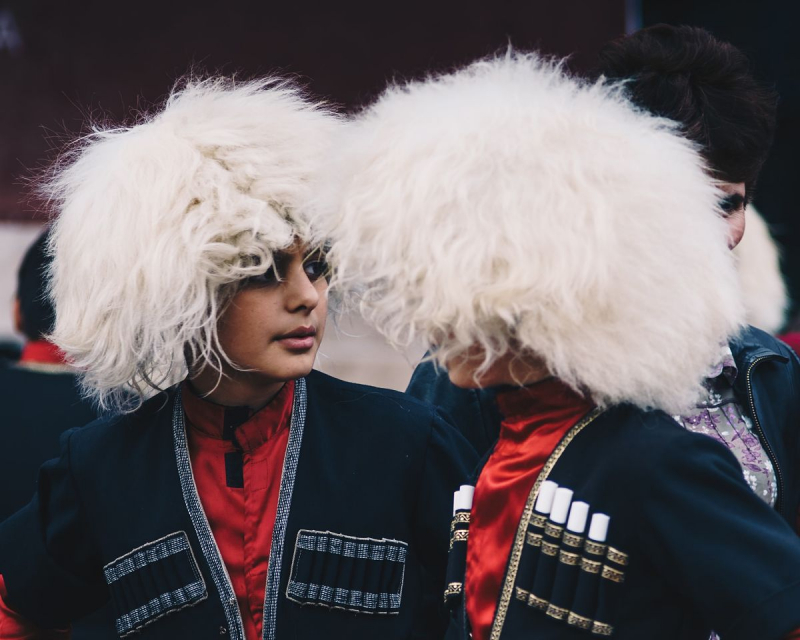
theculturetrip.com 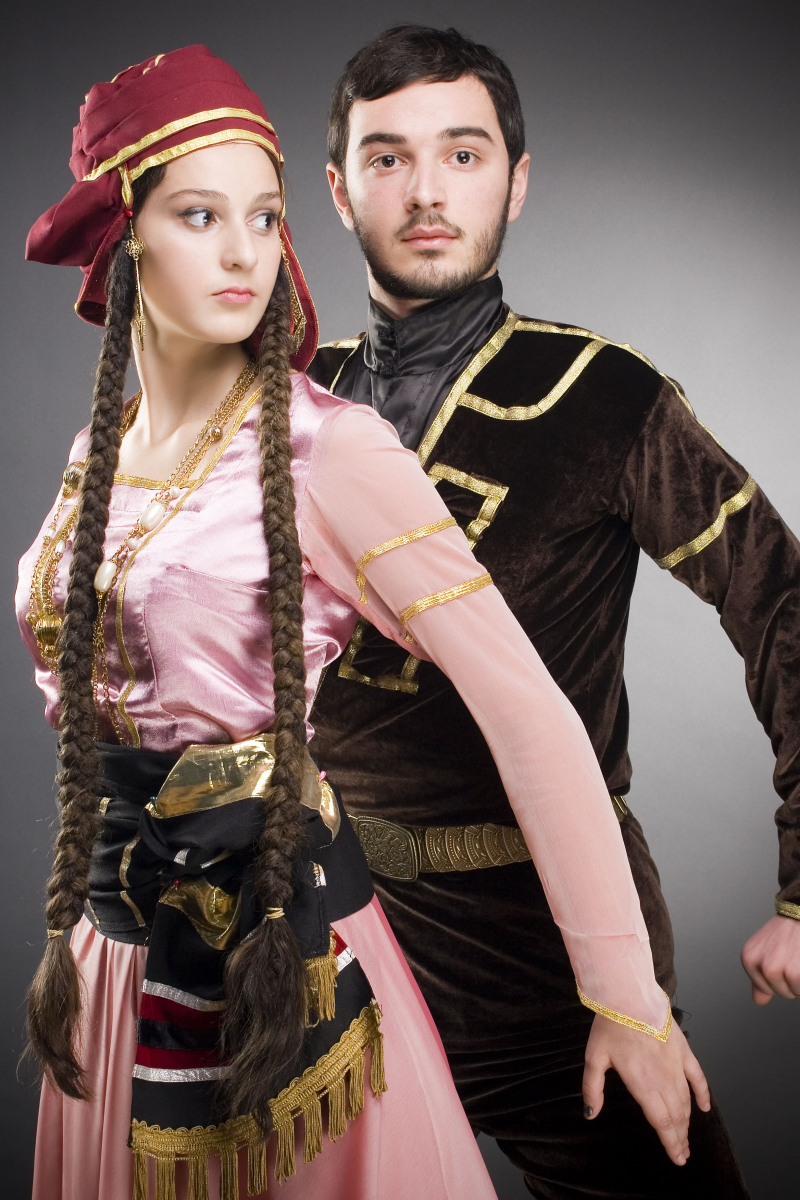
imgur.com -
Elders are looked highly upon in Georgian society and are greeted first. When you meet someone for the first time, you should shake their hand and say “gamarjoba” which means “hello.” Shaking hands is common even at casual meetings; embracing in a friendly manner, or kissing on the cheek, is also common, especially among young people and women. Small children might receive hugs and kisses. Adults are addressed by professional title and last name, or by first name following Batono (“Sir”) or Kalbatono (“Madam”). Using Batono or Kalbatono with just the last name is very formal, so first and last names are used in correspondence or in the media.
Make sure you maintain eye contact when meeting and conversing with another person. Looking away gives the sense that you’re not telling the truth. Georgians are generally welcoming to all guests, even unexpected ones. A popular Georgian saying is “Any guest is God’s messenger.” But once-frequent visits to friends and relatives have declined, partly because of social unrest, and partly for economic reasons; people feel they are not able to provide as adequately for guests as in the past. Still, even if invitations for a meal have become less common, most guests can expect to be offered a cup of coffee or cookies.

entrepreneur.com 
practiceportuguese.com -
Georgians are usually free to marry whomever they want. Traditional weddings are elaborate affairs that include large feasts, folk dancing, and singing. Modern weddings are more straightforward; urban ceremonies are often quiet family events. Traditionally, a newlywed couple will live with the groom's parents until they can afford their own place.
In most families, at least three generations have lived together for an extended period of time. The father is in charge of financial support, major financial transactions, and the protection of the family's elderly and children. The mother wields the most power in the household decision-making process. Most women work outside the home while caring for their families and children. When both parents work, grandparents frequently provide day care for children.
Urban families typically rent apartments, which were previously owned by the government. Families can now purchase apartments under the new law. One or two bedrooms, a living room, a small kitchen, and a bathroom are typical features of an apartment. Rural homes are more spacious, but larger home construction has decreased as building materials have become more scarce and expensive.
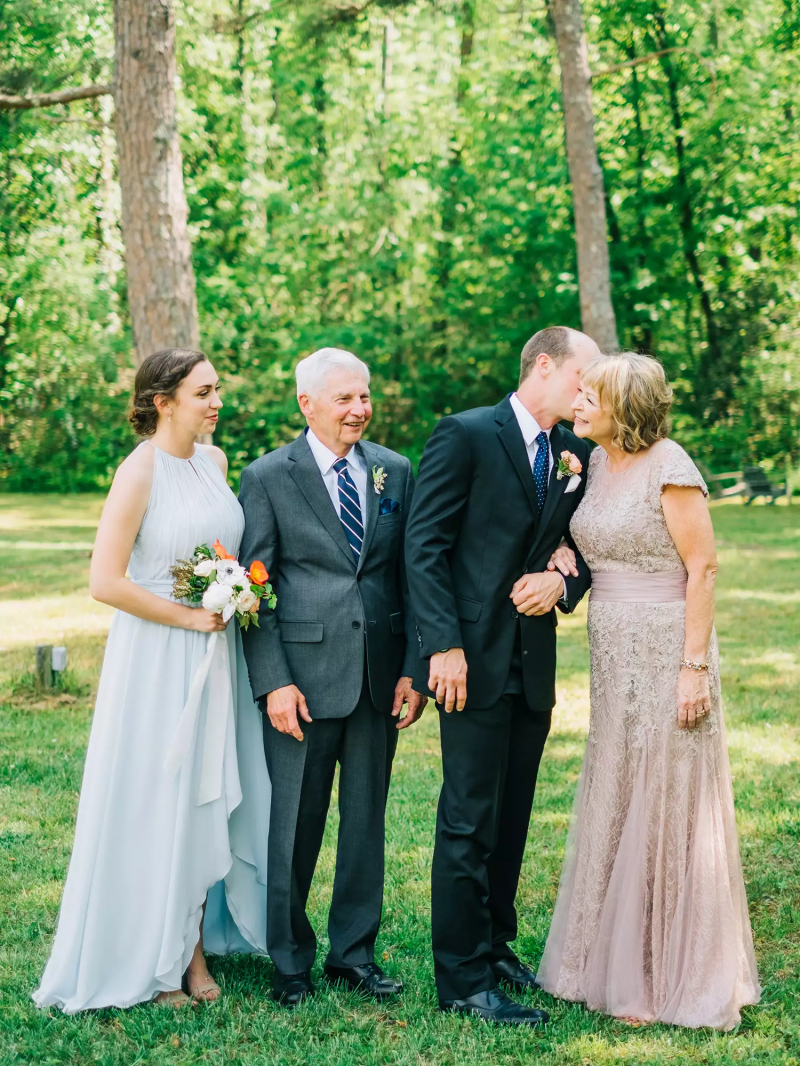
marthastewart.com 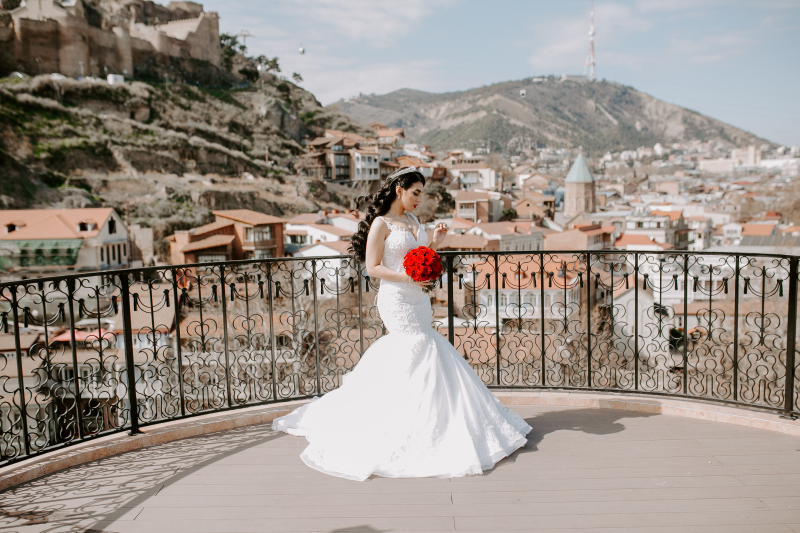
arabiaweddings.com -
Drinking is an important part of Georgian culture. After all, the oldest evidence of wine making was discovered here. Wine is far more important than any other alcohol. Wine is associated with cultural and religious traditions, beer is secondary and holds no ritualistic connotations. Georgians are incredibly hospitable, and wine plays an essential part in that hospitality. You should expect to be offered wine when spending time with Georgians. Be prepared to drink at least one glass, refusing the first glass might be considered impolite. You can say no after that, but you might need to negotiate your way out of a heavy session.
Drinking alcohol, but particularly wine is rarely a pastime in itself. For Georgians, drinking is closely associated with food. Women are not required or indeed expected to keep pace with men's consumption. Men, however, had better have a good head for what they drain; their manliness - and the judgment of a traveler's manliness - depends upon it.
While some of the more important toasts require drinking your glass to the bottom as a sign of respect, the traditions of the Georgian table space the drinking out over the course of the meal. Here are the rules. You cannot drink until the tamada (toastmaster) has made his toast and drunk. Only then, and usually in order around the table, can other revelers echo the toast and drink. Never propose a different toast unless you are given permission: that is an offense to the tamada.
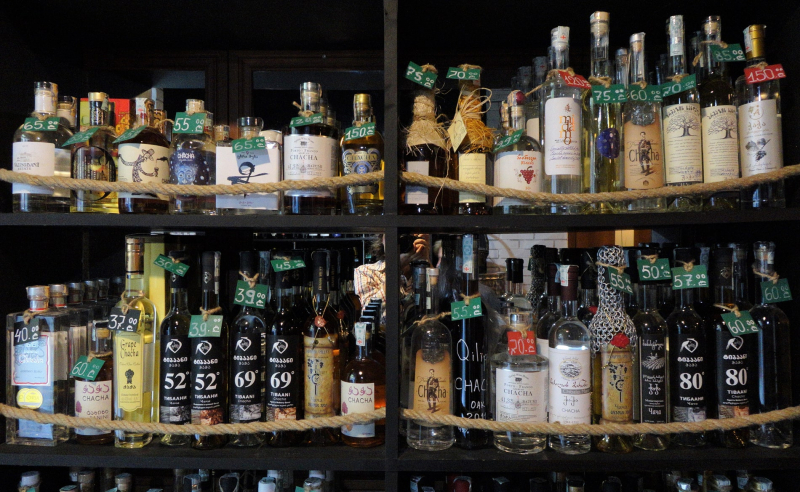
georgiastartshere.com 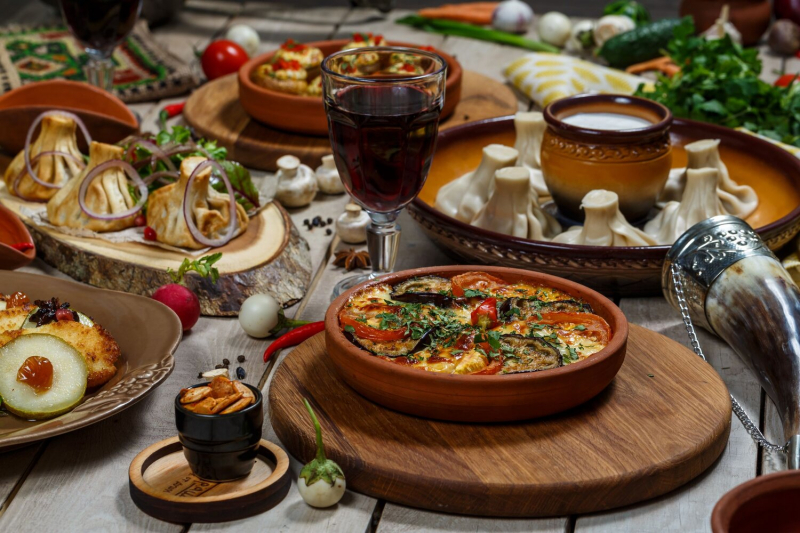
moonemissary.com -
Georgians had to defend themselves against the world’s most powerful empires – Roman, Byzantine, Arabic, Persian, Mongol, Seljuk, and Russian. Throughout these wars, Georgians were becoming tougher and tougher. In most of these battles, Georgians were immensely outnumbered and had to fight with armies several times bigger than theirs. Their heritage is very respected by the Georgian people and they are very proud of it, especially men. This history also affected famous Georgian traditional dances, which represent such a huge part and are so important to the culture. You can see this influence everywhere – architecture, traditions, customs, etc.
The ancestors, due to the natural richness of Georgia became welcoming to foreigners. They loved greeting guests with wine and bread and showing off nature's beauty. When guests were coming as allies, they were meeting them with open hands and treating them with respect, but when the guests were coming as enemies, they were always ready to defend their homeland. That’s why the famous statue of the Mother of Georgia in Tbilisi has a bowl of wine in one hand and a sword in another.
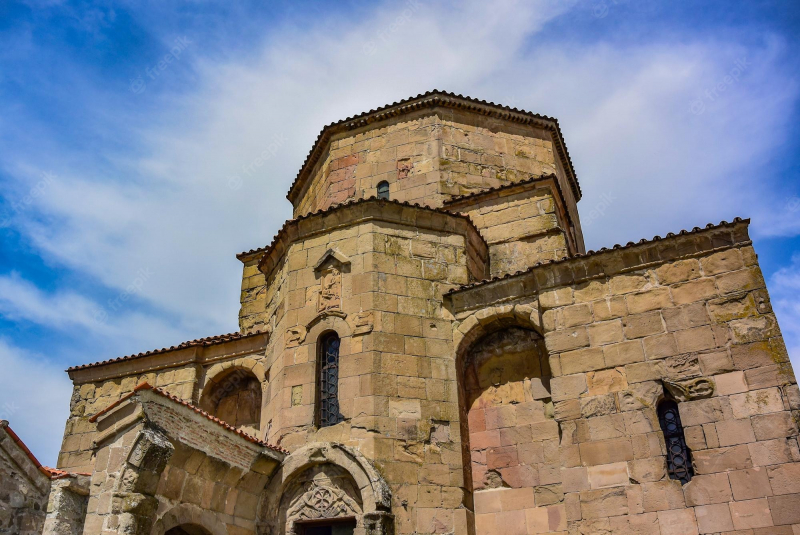
freepik.com 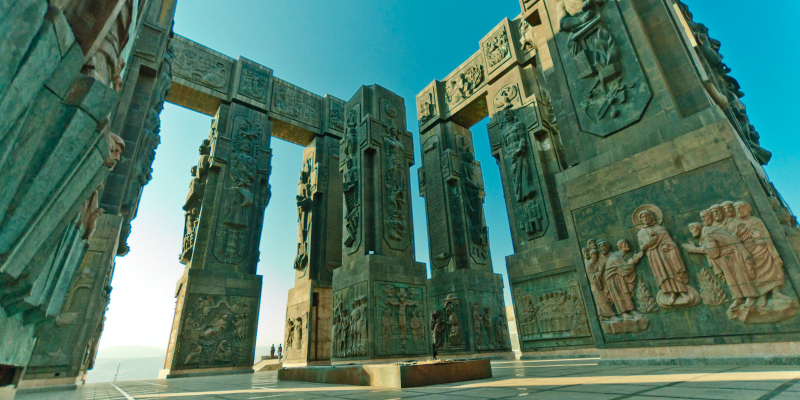
itinari.com -
Traditional Georgian applied art is mainly represented by high art items fabricated from ceramics, metal, wood, and bones. Georgia is famous for its fine jewelry, metal engraving, and armory. The first examples of ceramic ware appeared in the territory of Georgia in the seventh millennium BCE. Later, in the fourth and third millennia BCE, the first metal items emerged. The earliest silver objects found in the territory of Georgia date back to the third millennium BCE. Jewelry production reached its apex in the second millennium BCE.
But the art's apogee occurred during the eleventh through thirteenth centuries. This period of numerous conquests affected Georgian applied art as it was under the influence of European, Persian, and Asian presence. Regardless, Georgians managed to preserve their traditional artisan techniques.
From ancient times, Georgian craftsmen used enamels when processing precious metals. This art was greatly developed during the ninth through twelfth centuries. Enamel, especially of plaque-a-jour type, was used for decoration for both religious and secular purposes: church utensils, tableware, belts, rings, necklaces, etc. Even now, this art has not lost its prominence, Georgian masters continue applying these enameling techniques. Glazed ceramics have marked significance. Craftsmen adorned their products with beautiful and refined shapes.
The Georgian national art of beadwork is centuries old. It is still manufactured by Georgian highlanders. Georgian national arts and crafts are attractive in their simplicity, plasticity and unique traditional forms.
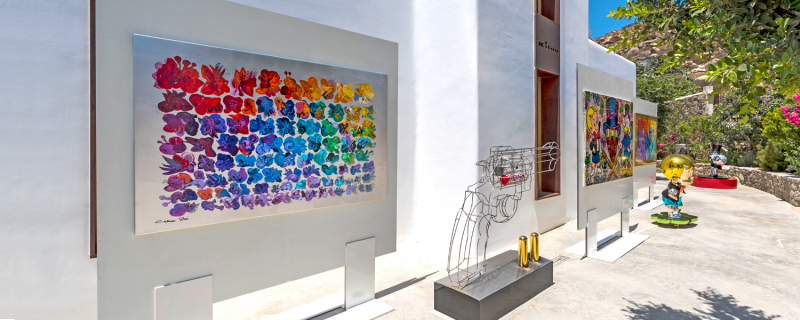
georgiastartshere.com 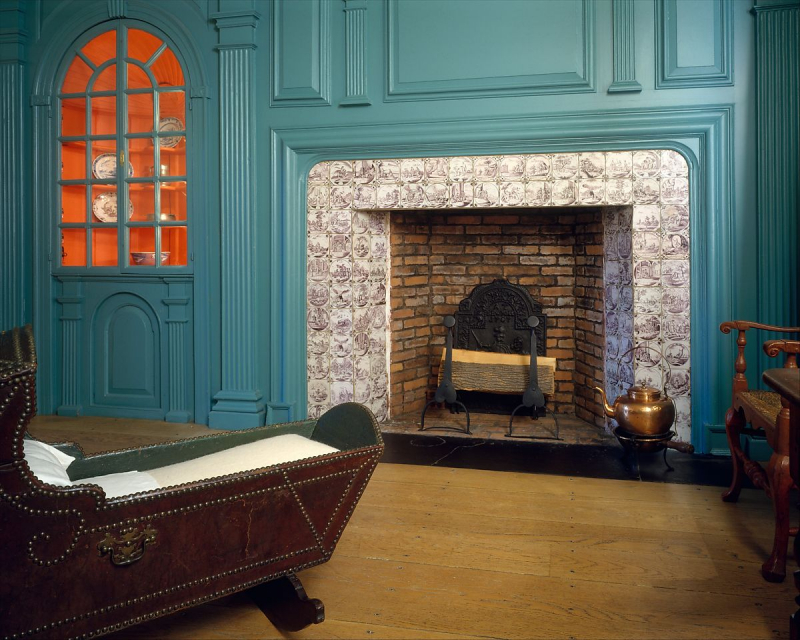
metmuseum.com -
As with other eastern Orthodox countries, it is common for Georgians to honour their deceased relatives by taking food and wine to cemeteries, and having feasts beside the graves. After Easter Sunday, locals visit graveyards to pay respect to their dead relatives. This custom has a sacred meaning for many Georgians. During Soviet rule, churches were closed; therefore, the only place people could light a candle for their loved ones would be in graveyards. Even today, the tradition still remains.
As Easter symbolizes eternal life, Georgians do celebrate it with their entire families, dead or living. Visiting graveyards of relatives is a way of letting them know they are remembered and that Christ has risen.
It’s habitual to give a toast in respect of those who have passed away. After drinking, locals pour a small amount of wine on the grave, which is called “knocking over a goblet.” It’s a way of expressing a hope that in the afterlife, they will be remembered by their living relatives and won’t be alone.
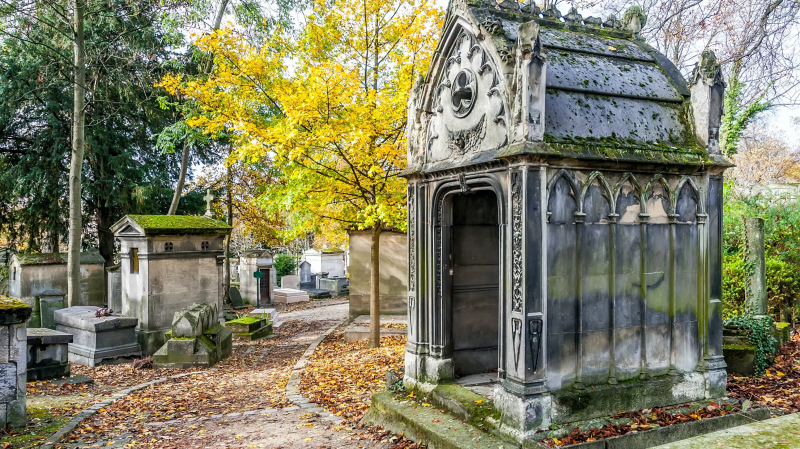
therevealer.com 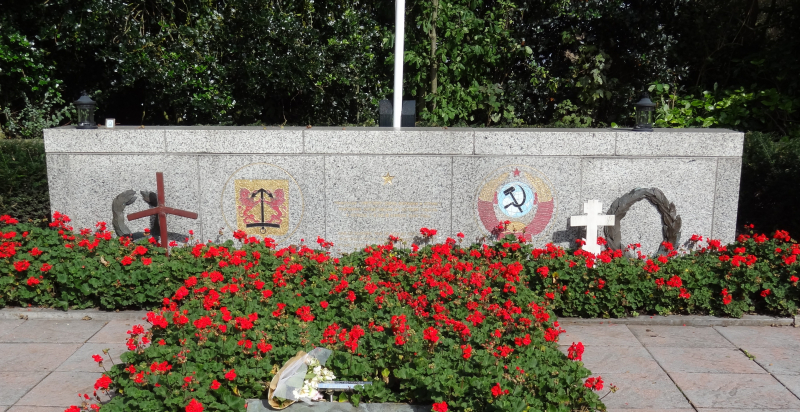
europeremembers.com










